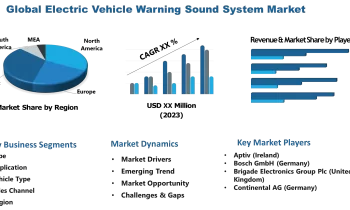
According to official government figures released on Tuesday, the UK’s unemployment rate unexpectedly dropped to 5.0% in the three months to January.
Official data based on tax records showed a rise of 68,000 in the number of employees on business payrolls in February from January. However, the total is 693,000 lower (or 2.94%) than a year earlier before the pandemic and subsequent lockdowns hit the UK.
More good news was reported. Average wage growth rose to 4.8%, the highest it has been since March 2008. However, this figure shows how job losses have been the most in low-paid sectors such as retail and hospitality.
In November to January, a total of 968.0 million hours were worked each week. This is up 8.0 million (0.8%) compared with the previous three months (August to October 2020) but still below pre-pandemic levels.
Since January non-essential shops and most businesses open to the public have been closed in England and other parts of the British Isles.
A quick roll-out of vaccinations has allowed a timeline to return to normality. Shops are set to reopen next month and much of the hospitality industry will start reopening in May.
Also worth noting is that the British government extended furlough support until the end of September. This is currently paying the wages of one in five employees. Without furlough, the UK’s jobless rate would undoubtedly be far higher.
Sam Beckett, head of economic statistics at The Office for National Statistics said:
“Of the decrease since then, almost two-thirds has been among the under-25s, over half has been in hospitality, and almost a third has been in London,”
Sam Beckett
UK Labour Flow Has Changed
The Office for National Statistics data also showed a big change in the UK labour flow. The ONS reported that based on an analysis of payroll data, the number of foreign-born workers in the last three months 2020 was 500,000 lower than the year before.



